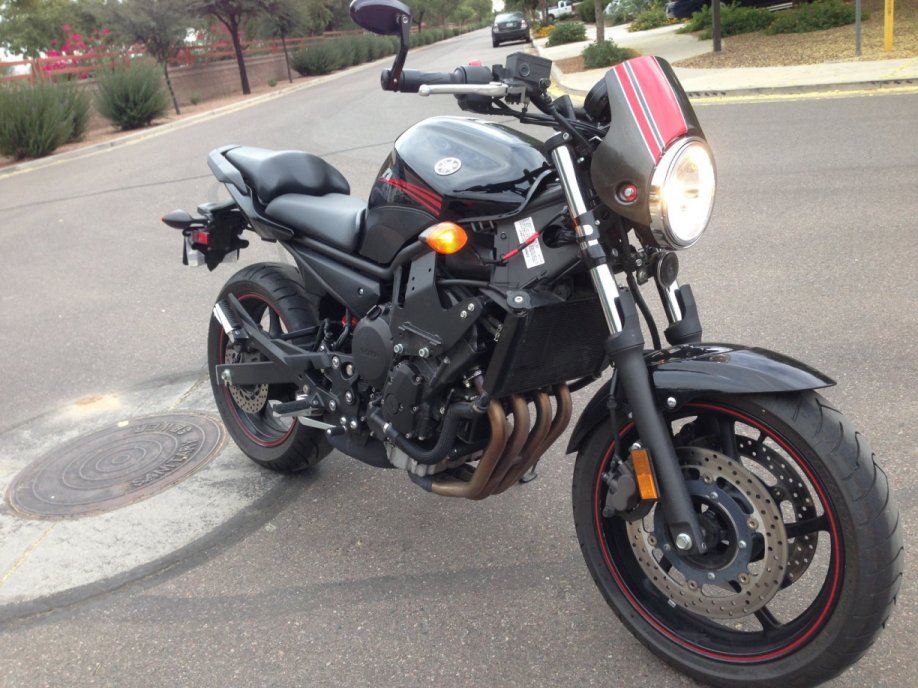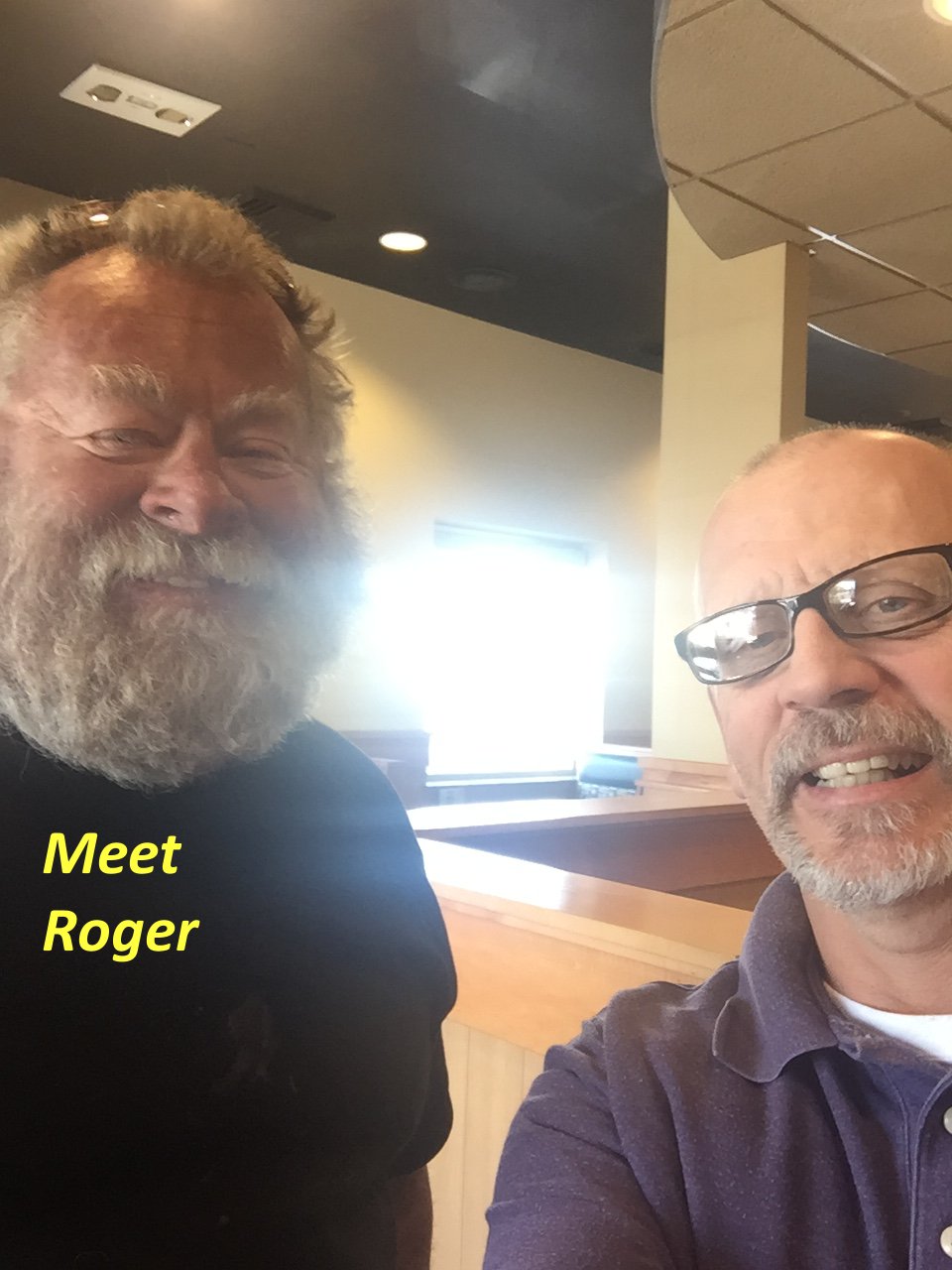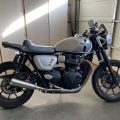What do these terms have in common?
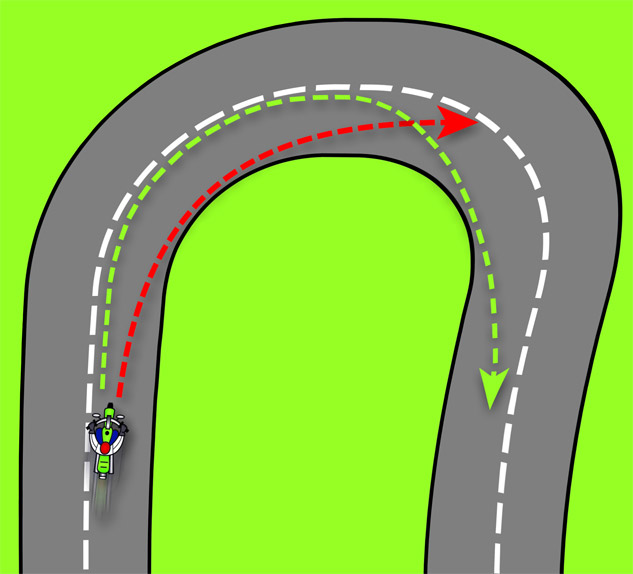
Before we get into that, let’s talk about perspective — my perspective as a motorcycle rider to be specific. Just when I think my riding skills are good, I learned there’s always much more to learn. And just how did I learn this? Today I spent 8 hours in a Motorcycle Safety Foundation “Advanced Riding Techniques” course presented by some exceptional trainers at T.E.A.M Arizona in Gilbert, AZ. We spent 3 hours in a classroom discussing not only techniques but also what one in the Psychology field might refer to as introspection or self reflection. We went through a series of exercises where we exposed what we thought about our skills, what some of the ‘dumb’ things were that we’ve done on a bike, and what we perceived as our risk acceptance and skills levels. It was a great way to help me remember how dangerous biking is and why it’s so important to always, and I mean always, focus on getting home safely. Our class – there were only 3 of us in the class – gave us the theory and practical skills to help ensure we have a much better chance of not becoming a statistic.
Our instructors, “T” and Kevin were awesome providing the right level of seriousness combined with a twist of levity to help us relax while we practiced the skills they so effectively demonstrated to us. We covered a wide variety of topics, but these are the topics that proved most important & exciting to me.
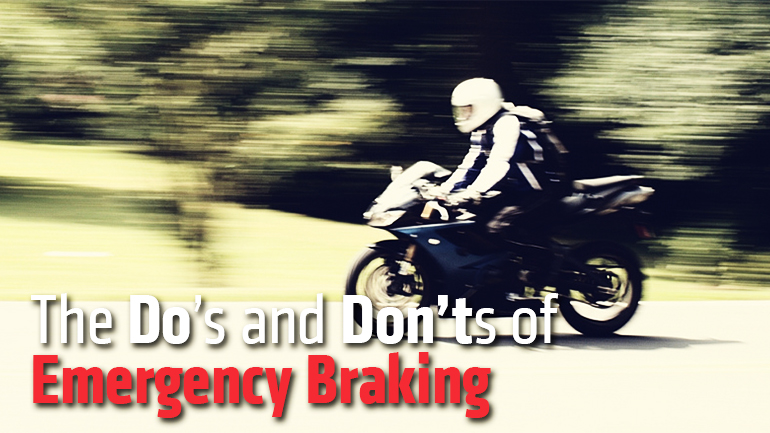
Emergency Braking. Have you ever heard the story of the guy who just ‘had to lay his bike down to avoid crashing into the truck?” Well what we were taught, shown and practiced today were extremely effective emergency braking techniques that will prevent the concept of laying the bike down. Applying these emergency braking techniques – summed up as applying both front and rear brakes at the same time (while downshifting to first gear), but slowly squeezing the blood out of your front brakes — was astonishingly effective at stopping us before we would collide with anything. Man, you just can’t imaging how quickly a bike traveling at 25 to 30 MPH can stop when this technique is correctly applied. The physics of emergency braking just makes more sense than laying down one’s bike — rubber creates more friction than sliding metal and plastic. And tires rolling to a fast stop make more friction that locked tires sliding to a stop. And “T” and Kevin showed us just how to bring our bikes to a ‘non-screeching’ halt in absolutely bare minimum distance.
Hazard Avoidance. Fixation is a bad idea when riding a bike. It basically means you are focusing so much on one item that you will be drawn toward that item. When trying to avoid a hazard we learned not to fixate or stare at it because chances are much better if we fixate on the obstacle that we will collide with the hazard rather than avoid it. So what do you do instead. There are basically two techniques. (1) slow down without braking (engine braking) and swerve using just your handlebars while keeping your eyes up and forward – looking for your safe exit point. The other option is (2) to brake in a straight line just before the hazard then swerve to avoid. The key to swerving is not leaning the bike, but quickly pushing the left or right hand grip in the position you want to go and keeping your body upright. We were able to practice this so much that we grew efficient at avoiding a 10-foot wide obstacle with only about 10 feet of maneuvering space in front of the obstacle. Imagine being able to avoid a 10-foot ladder dropped from a truck on the highway? These techniques will help you do just that!
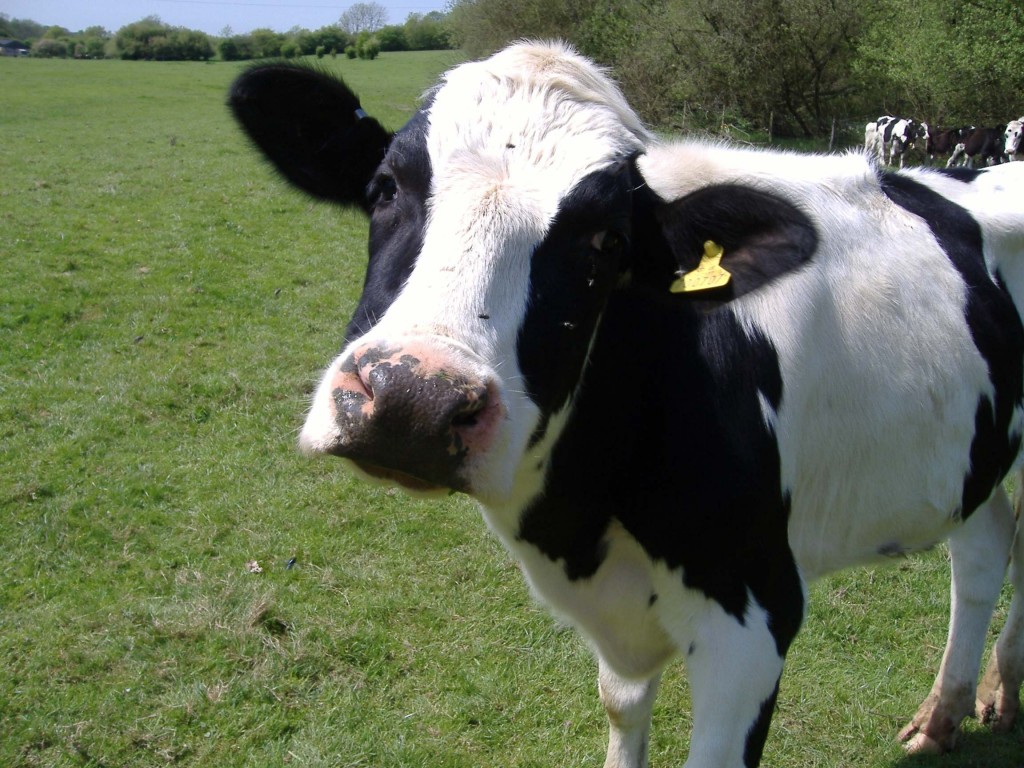
Cornering. We learned two vital bits if information – (1) The speed at which you enter a turn determines what you must do to help ensure a positive outcome and (2) the more the bike is leaning, the less traction you have. So what’s a person to do when they encounter a turn? We learned how to employ the “chin over wrist (COW)” technique also referred to as the down and in cornering position. The position was foreign when we first started, but what we quickly realized is that when properly executed, the COW technique allowed us to negotiate tight turns and declining radius turns at a more controlled higher speed than leaning the bike into the turn provided. Why is this? Because when you turn using the COW technique, the position of your body, down and into the turn, allows your bike to maintain a more upright position so it has more friction. Your body position is in essence having your chin over your wrist in the direction you are turning – turning left, then chin over left wrist puts you in a position of laying on the gas tank, the side of your butt cheek slightly off the seat in the direction of the turn with bent elbows giving you such amazing agility you swear you’re ready to hop on the MotoGP circuit! I have to tell you, this technique is awesome and makes you feel like (in our wild imaginations) you could jump on a race track and get it done. We finished up our day with two very fun exercises that required using the COW technique. One was a declining radius in a corner meaning that the corner got tighter as you went through it. Having your COW position with your body leaning down and into the corner allowed the bike to stay more upright which gave a spectacular sensation of confidence in maintaining your speed while allowing complete control as the corner got continuously tighter. The final exercise was the epitome of effective training. We had an absolute blast riding around a set of two concentric ovals that has a cris-cross path for transition from the outside to the inside oval and vice versa. At that transition, we had to perform a mirror and head turn check to look for ‘merging traffic’ while properly using our turn signals and immediately entering a turn using our COW technique. The fun meter was pegged while we were learning key techniques for effective cornering in tight corners.
Below is a picture showing an extreme example of the chin over wrist (COW) technique. While we were not taught ‘knee scraping’ in class, we were taught to lean the body down and into the turn so the chin is near the mirror and your body was on the gas tank. Notice the bike is not doing all the leaning, the rider’s body is doing the leaning allowing the bike to stay more upright providing a higher level of traction.
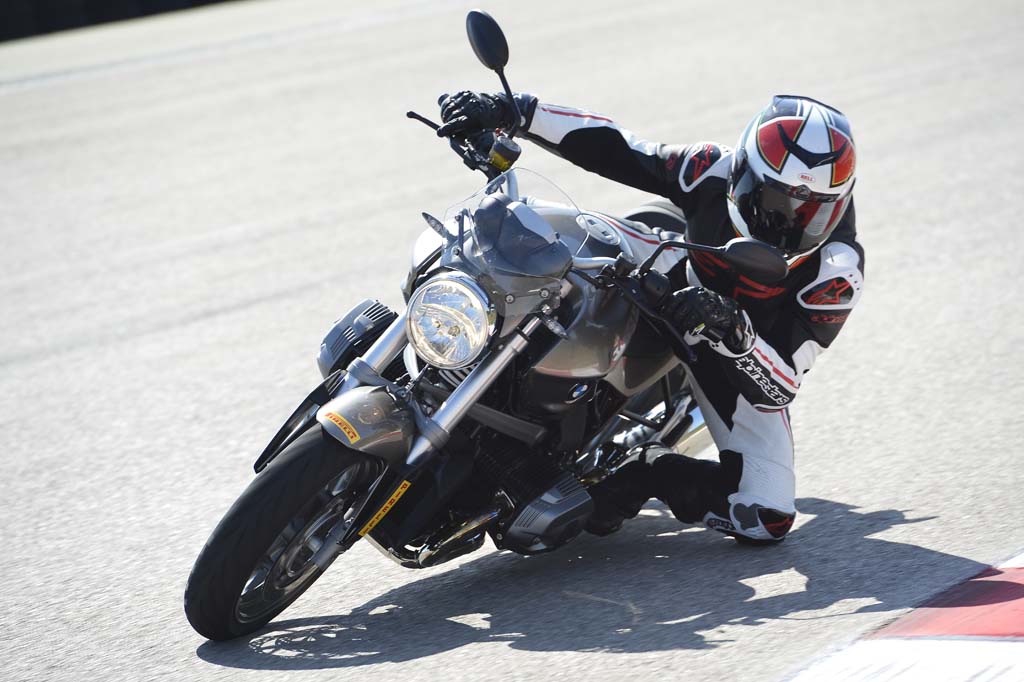
Practice, practice, practice! Learning techniques is only as good as how often we practice them. It’s not sufficient to say, “well I learned them, so I’ll know what to do when I need use them.” Without practice you will revert to previous habits. So if you see a guy in a bright orange jacket riding an orange and black Triumph Bonneville who seems to be looking into his bar-end mirror while he’s turning. That’s probably me practicing my COW technique.
So, motorcycling is dangerous. It comes packaged with a certain level of risks that if not effectively managed can make for a very bad day. But when we continuously increase our skill level and pay very close attention at our state of mind while we’re riding, we can very effectively manage that risk and enjoy years of biking pleasure.
So, declining radius, COW, fixation and more. What do these have in common. With effective training and education, these terms become part of a bikers vocabulary – a vocabulary rich with ways to best manage the inherent risk in biking to help us more fully enjoy the thrill of riding our motorcycles.
Do you ride? Think your skills are a 9 on a scale of 1 to 10? I challenge you to take T.E.A.M. Arizona’s Advanced Riding Techniques course and test your theory. You might learn something that will increase your fun through better risk management.









